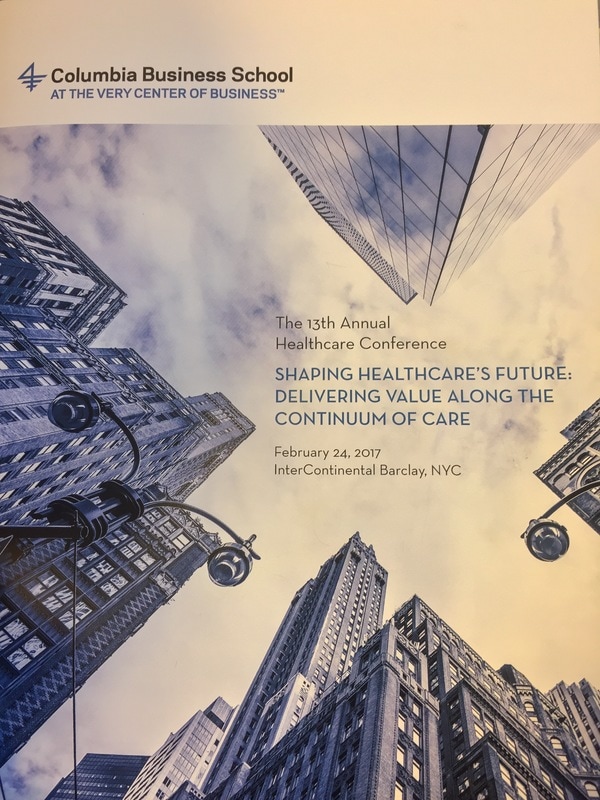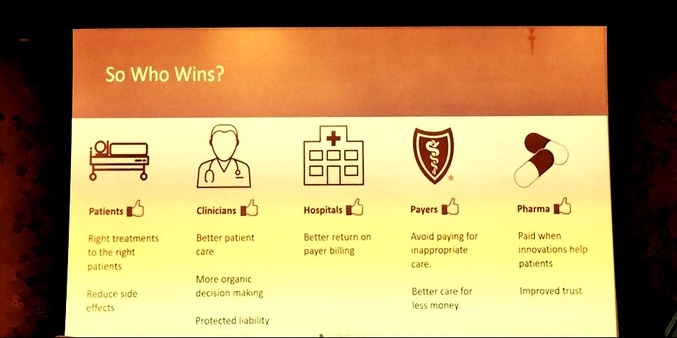|
On Friday, February 24th, I attended the Columbia Business School's 13th Annual Healthcare Conference, "Shaping Healthcare's Future: Delivering Value Along the Continuum of Care." The conference featured some of the industry's top healthcare professionals from pharmaceuticals, managed care, consulting, government, technology and hospitals. The conference theme focused on delivering value, ultimately to the consumer.
The keynote speaker was Joaquin Duato, Executive Vice President & Worldwide Chairman, Pharmaceuticals, Johnson & Johnson. He spoke extensively on the benefits of medicine, how transformative medicine has been compared to any other industry and the role of the pharmaceutical industry in lowering costs and delivering value to the consumer. However, there is a tension between innovation and affordability when it costs between $3 - $7B to develop an approved drug and there is a level of uncertainty as it pertains to the administration's next steps. Mr. Duato's 5 Prescriptions for Controlling Healthcare Costs:
For the remainder of the day, I attended the following panels: Pharma's Next Act: Succeeding in a Value Based System; Sellers & Buyers: The Value Proposition of Digital Health; Fireside Chat: The Future of Healthcare Reform; and The $1 Trillion Idea: A Practicing Doctor & Healthcare Entrepreneur Tells US How to Really Fix Healthcare. These panels from the pharmaceutical industry gave me a new lens to view healthcare. Tsahia's Ten Takeaways:
When we move toward value, who wins?
0 Comments
|
Tsahia (like Tsunami - yes, the T is silent - Sa-hee-ah) is a healthcare enthusiast working to transform patient care for all of us while driving creative and innovative solutions with technology. Archives
March 2021
Categories |





 RSS Feed
RSS Feed